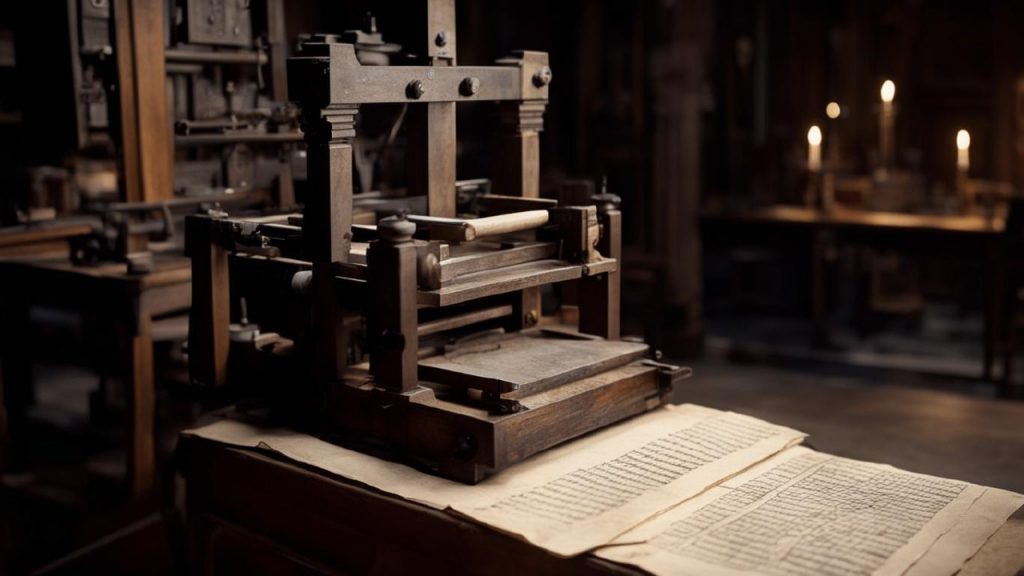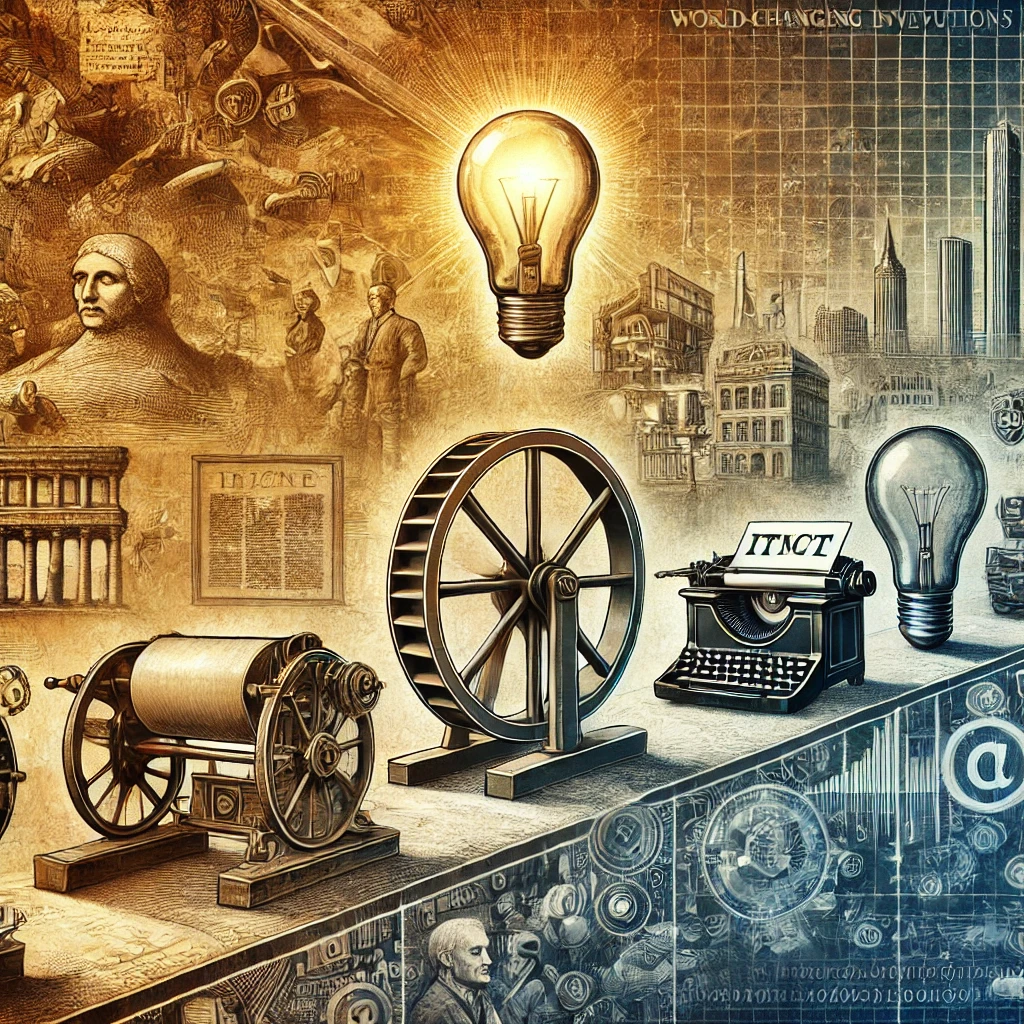
Johannes Gutenberg’s lie of the printing press in the 15th century transformed the way news was disseminated and paved the habit for the spread of knowledge and plans on an unprecedented scale. Gutenberg’s printing press, accompanying its movable type science, made it attainable to produce books quickly, affordably, and in large quantities, molding the way information was generated, shared, and maintained. In this article, we’ll investigate Gutenberg’s legacy and survey the profound impact of the printing press on organization, culture, and the spread of knowledge.
Before Gutenberg’s creativeness, books were painstakingly imitated by hand by scribes, making them infrequent and expensive possession accessible only to the wealthy and elite. Gutenberg’s machine for printing changed all that, making books more inexpensive and accessible to folk from all walks of life. With the talent to produce books quickly and efficiently, Gutenberg’s machine for printing democratized access to information, empowering ordinary people to experience themselves and engage accompanying a wider range of ideas and outlooks.
One of the most important impacts of Gutenberg’s printing press was allure role in the spread of the Renaissance and the Reestablishment. The printing press authorized the rapid dissemination of humanist plans, scientific discoveries, and scrupulous texts, fueling intellectual and enlightening movements that transformed European organization. The printing press also performed a crucial act in the Protestant Reformation, as Martin Luther and other reformers secondhand printed pamphlets and tracts to spread their plans and challenge the authority of the Catholic Chapel.
In addition to its part in disseminating conscientious and philosophical ideas, Gutenberg’s machine for printing also had a deep impact on the development of up-to-date science and education. The capability to produce books quickly and done faster and easier but slipshod it possible for scientists and philosopher to share their findings with a more off-course audience, superior to the rapid advancement of information in fields such as astrophysics, medicine, and mathematics. The machine for printing also facilitated system which controls organization of universities and schools, making instruction more accessible to people of all traditions and laying the foundation for the new educational system.
Gutenberg’s machine for printing also had a profound affect the development of sound and literature. With the capability to produce books in large quantities, printers were able to similar spelling, syntax, and punctuation, helping to systematize the rules of written language and enact literary conventions. The machine for printing also made it likely for authors to reach a wider hearing and gain recognition for their work, leading to the prospering of literature and the arts in the a period of time that followed.
Contemporary, Gutenberg’s printing press continues to influence the habit information is constituted, shared, and consumed. While the science has evolved considerably because Gutenberg’s time, accompanying digital printing and Internet publishing now commonplace, the introduction of movable type and mass production wait central to the printing process. Gutenberg’s inheritance lives on in the countless books, regular, continuous publications containing information , and other printed fabrics that continue to shape our world and our understanding of it.
Finally, Johannes Gutenberg’s invention of the machine for printing was a watershed moment cruel history, translating the way information was established, shared, and preserved. Gutenberg’s machine for printing democratized access to information, fueled intellectual and cultural activities, and laid the support for the modern world. As we stretch to embrace new technologies and forms of communication, Gutenberg’s heritage serves as a reminder of the power of novelty to shape the course of human civilization.


